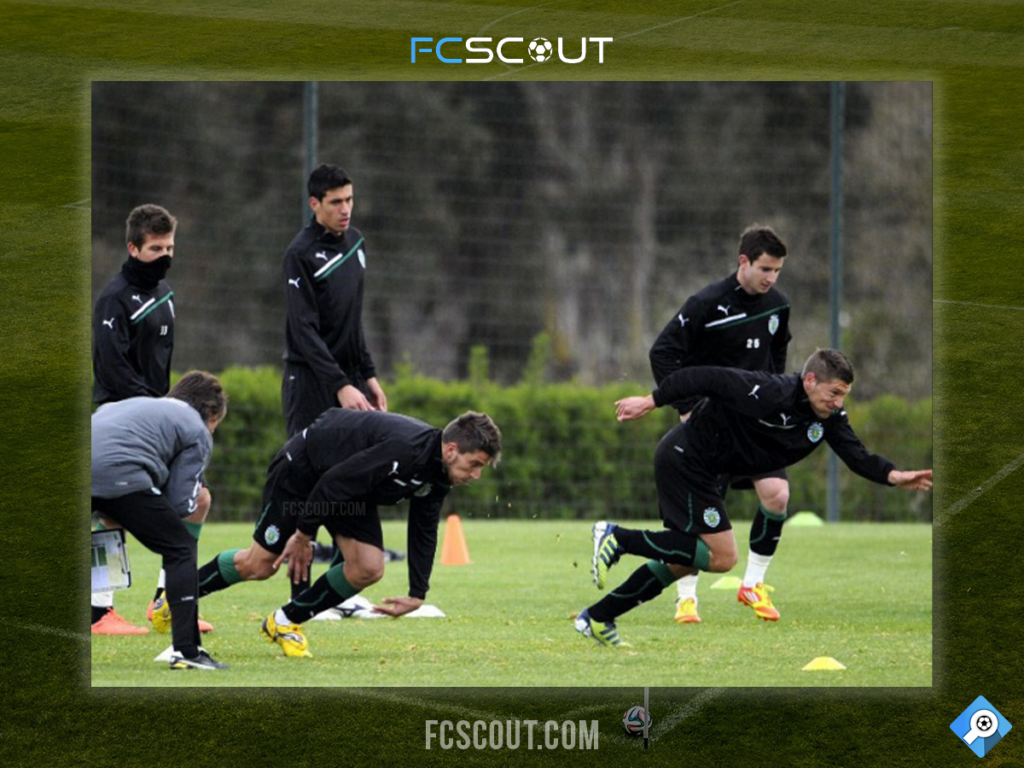How Much Do Soccer Players Run in Training? Exploring the Importance and Factors That Affect Training Distance
Hey, soccer fans! Have you ever wondered how much soccer players run in training? Training is a crucial part of any sport, and soccer is no exception. In this article by fcscout.com, we’ll explore the importance of training in soccer and take a closer look at how much soccer players actually run in training.
The Importance of Training in Soccer
The Role of Fitness in Soccer
Fitness is an essential component of soccer. In order to perform well on the field, players need to have excellent endurance, strength, and agility. This means that training is a critical part of a soccer player’s routine. Through training, players can build their fitness levels, improve their skills, and prepare for matches.

The Importance of Endurance Training
Endurance training is particularly important for soccer players. Soccer matches last for 90 minutes, and players need to be able to maintain a high level of performance throughout the game. This requires a significant amount of endurance training, such as running, jogging, and sprinting.
The Different Types of Training for Soccer Players
Soccer players engage in a variety of training activities, including technical training, tactical training, and physical training. Technical training focuses on improving a player’s ball control, passing, shooting, and other skills. Tactical training focuses on developing a player’s understanding of the game and their ability to make decisions on the field. Physical training focuses on building a player’s fitness levels, strength, and endurance.
How Much Do Soccer Players Run in Training?
The Average Distance Covered in Training
The amount of running that soccer players do in training varies depending on a number of factors, such as the coach’s training plan, the team’s playing style, and the individual player’s fitness level. On average, soccer players run between 5 and 8 miles per training session.

The Variation in Training Distance among Players and Teams
The distance covered in training can vary widely among players and teams. Some coaches may focus more on technical or tactical training, while others may prioritize physical training. Additionally, some players may have a higher fitness level than others, which can impact the amount of running they do in training.
The Importance of Tracking Training Distance for Soccer Players
Tracking training distance is important for soccer players because it can help them monitor their fitness levels and ensure that they are getting the appropriate amount of training to perform at their best. By tracking their running distance, players can see how much they have improved over time and adjust their training accordingly.
Other Factors that Affect Training Distance
Position and Playing Style
The position a player plays and their playing style can also affect the amount of running they do in training. For example, midfielders and forwards typically cover more ground than defenders. Similarly, players who play a more aggressive, high-pressing style may do more running than those who play a more defensive style.
Age and Experience
Age and experience can also impact the amount of running that soccer players do in training. Younger players may be able to handle more intense training sessions and cover more distance than older players. Additionally, more experienced players may have a better understanding of how to conserve their energy during training, which can impact their running distance.
Injuries and Fitness Level
Injuries and fitness level can also impact the amount of running that soccer players do in training. If a player is recovering from an injury or has a lower fitness level, they may need to do less running in training to avoid aggravating their injury or overexerting themselves.
Conclusion
In conclusion, the amount of running that soccer players do in training varies depending on a number of factors, such as the coach’s training plan, the team’s playing style, and the individual player’s fitness level. Tracking training distance is important for soccer players to monitor their fitness levels and ensure they are getting appropriate training. Ultimately, the goal of training in soccer is to build players’ fitness levels, improve their skills, and prepare them for matches.
